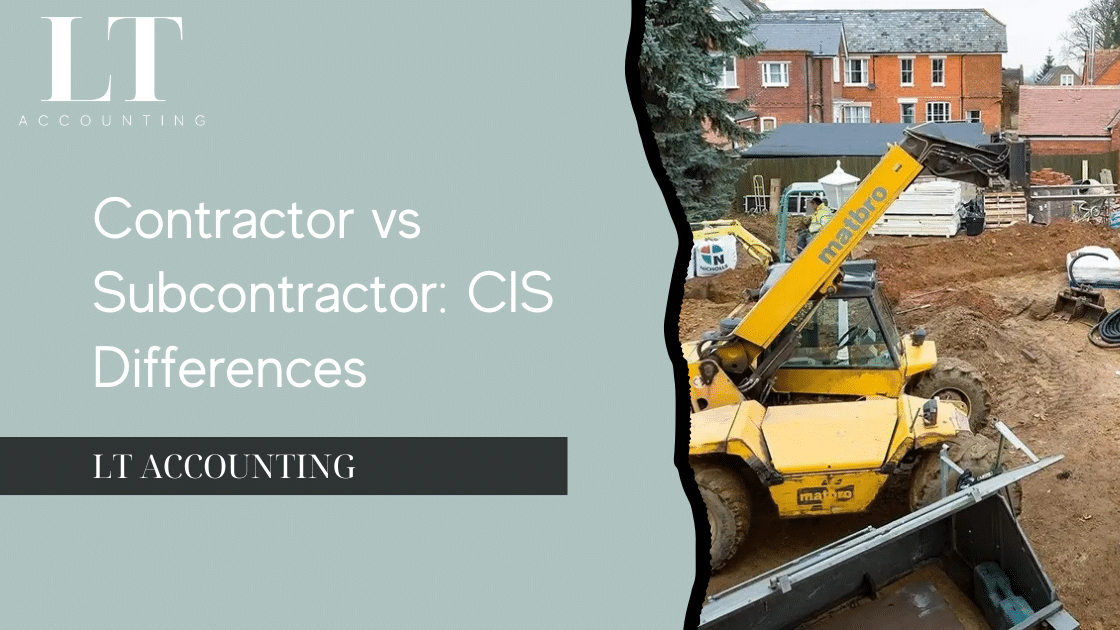Welcome to the Construction Circus!
Ah, the construction industry—a world where hard hats meet even harder regulations. Among the many mysterious documents floating around, the CIS statement stands out like a crane on a construction site. But what is it, really? Let’s embark on a journey to demystify the CIS statement, a key player in the Construction Industry Scheme (CIS).
What is a CIS Statement? The Plot Thickens
The CIS statement is like the unsung hero of the construction world, quietly ensuring the tax system runs smoothly. It’s a document contractors provide to subcontractors, detailing deductions made under the Construction Industry Scheme. Essentially, it records the tax deducted from payments to subcontractors for construction work. CIS was introduced to streamline tax collection and ensure everyone pays their fair share. Think of it as the taxman’s report card for the month!
Why is the CIS Statement Important? The Drama Unfolds
- Compliance: A CIS statement is crucial for keeping things above board with HMRC. It helps subcontractors track deductions and report income accurately. No one wants a surprise from the taxman, right?
- Tax Returns: Subcontractors rely on the CIS statement when it’s tax return time, helping them claim back any overpaid tax. It’s like finding a forgotten stash of biscuits in the cupboard!
- Transparency: For both contractors and subcontractors, the CIS statement builds trust and accountability, ensuring everyone knows where they stand financially.
Components of a CIS Statement: The Anatomy of a Hero
Understanding the components of a CIS statement is like knowing the ingredients of your favourite pie. Here’s what you’ll find in a typical CIS statement:
- Subcontractor Details: Includes the name, UTR (Unique Taxpayer Reference), and National Insurance number. It’s like a personal ID card for tax purposes.
- Contractor Information: Lists the contractor’s name, address, and CIS registration number. Think of it as the contractor’s signature.
- Payment Period: Specifies the tax month or period covered, usually monthly. It’s like marking a date on the calendar.
- Gross Payment: The total amount payable to the subcontractor before deductions. It’s the pie before anyone takes a slice!
- CIS Deduction: The amount deducted for tax purposes—typically 20% for registered subcontractors or 30% for those not registered. Ouch!
- Net Payment: The amount paid to the subcontractor after CIS deductions. What’s left of the pie after the taxman’s taken his slice.
- Verification Number: A unique identifier confirming the subcontractor’s verification with HMRC. It’s like a secret handshake.
How to Manage CIS Obligations: Keeping the Circus Running
Navigating the CIS can be a bit like juggling flaming torches—tricky but manageable with practice. Here are some tips to help you manage CIS obligations:
For Contractors: The Ringmaster’s Guide
- Register with HMRC: Make sure you’re registered under the CIS before hiring subcontractors. No registration, no show!
- Verify Subcontractors: Use the HMRC CIS online service to verify each subcontractor’s status. It’s like checking tickets at the entrance.
- Make Deductions: Calculate and deduct the correct tax amount from subcontractor payments. Keep those numbers in line!
- Provide CIS Statements: Issue a CIS statement for each payment period to your subcontractors. Communication is key!
- File Returns: Submit monthly CIS returns to HMRC, detailing all payments and deductions. It’s all about keeping the books balanced.
For Subcontractors: The Acrobats’ Handbook
- Register with HMRC: Register for the CIS to enjoy reduced tax deduction rates—no need to walk the tightrope!
- Verify Deductions: Ensure your contractor has verified your status to avoid higher deductions. Keep it safe and sound.
- Keep Records: Maintain accurate records of all CIS statements received for tax purposes. A tidy record is a happy record!
- Claim Deductions: Use your CIS statements to reclaim overpaid tax when filing your self-assessment tax return. It’s like a safety net!
Common FAQs About CIS Statements: Clearing the Fog
Q: What happens if a contractor doesn’t provide a CIS statement?
A: If a contractor fails to provide a CIS statement, the subcontractor may struggle to reclaim overpaid tax. It’s essential for contractors to provide timely and accurate statements to avoid disputes and penalties. Keep those lines of communication open!
Q: Can subcontractors dispute a CIS deduction?
A: Yes, subcontractors can dispute a CIS deduction if they believe it’s incorrect. It’s advisable to resolve disputes directly with the contractor first. If unresolved, contacting HMRC for further assistance is the next step. Think of it as a mediation meeting.
Q: Is there a deadline for providing CIS statements?
A: Contractors should provide CIS statements at the end of each tax month or payment period. Prompt delivery ensures subcontractors can accurately track their financial records. It’s all about punctuality!
Conclusion: The Grand Finale
Understanding “What is a CIS Statement?” is crucial for anyone navigating the UK construction industry. Whether you’re a contractor ensuring compliance or a subcontractor managing your tax obligations, the CIS statement plays a vital role in financial transparency and accuracy. By keeping up with your CIS obligations and maintaining clear records, you can ensure smooth operations and avoid potential pitfalls. Remember, when in doubt, consult a professional—like the experts at LT Accounting—to keep your financial management on track.
For an extra helping hand, check out our CIS Tax Deduction Calculator here. It’s like having a calculator that not only crunches numbers but also gives you a friendly pat on the back!







